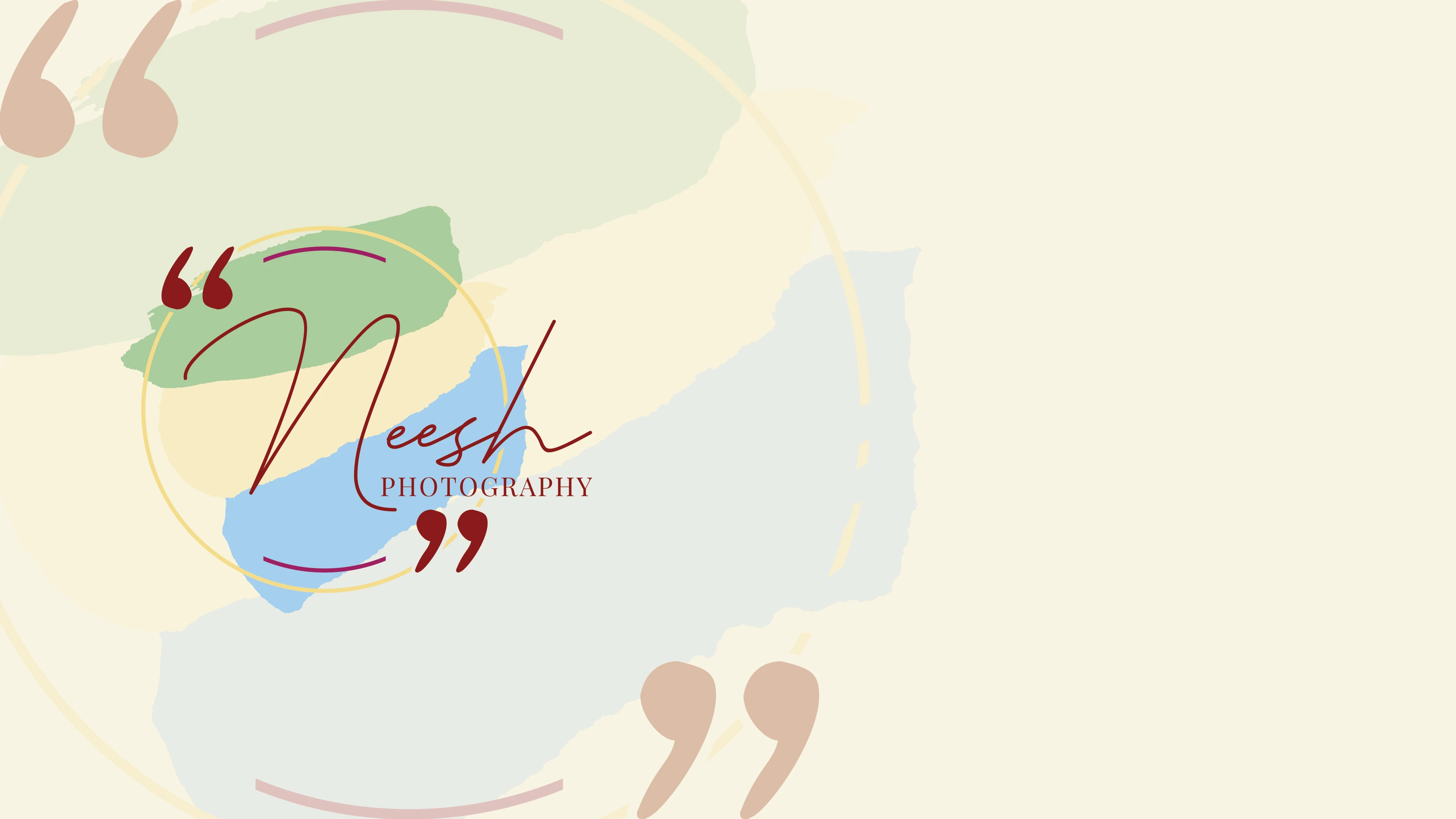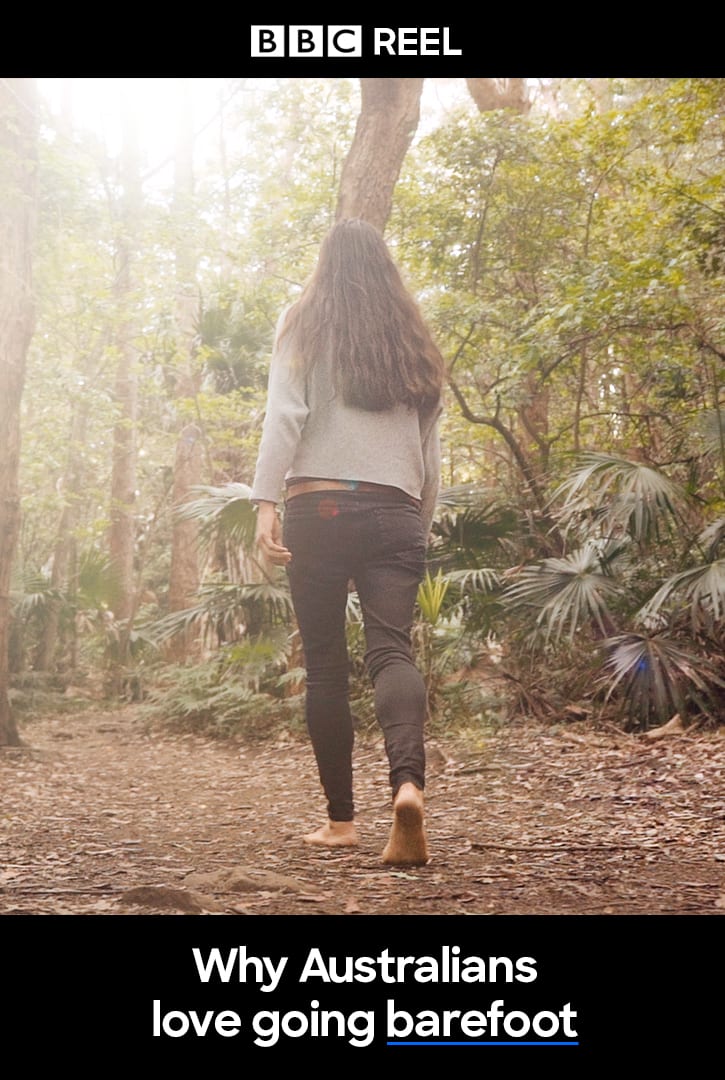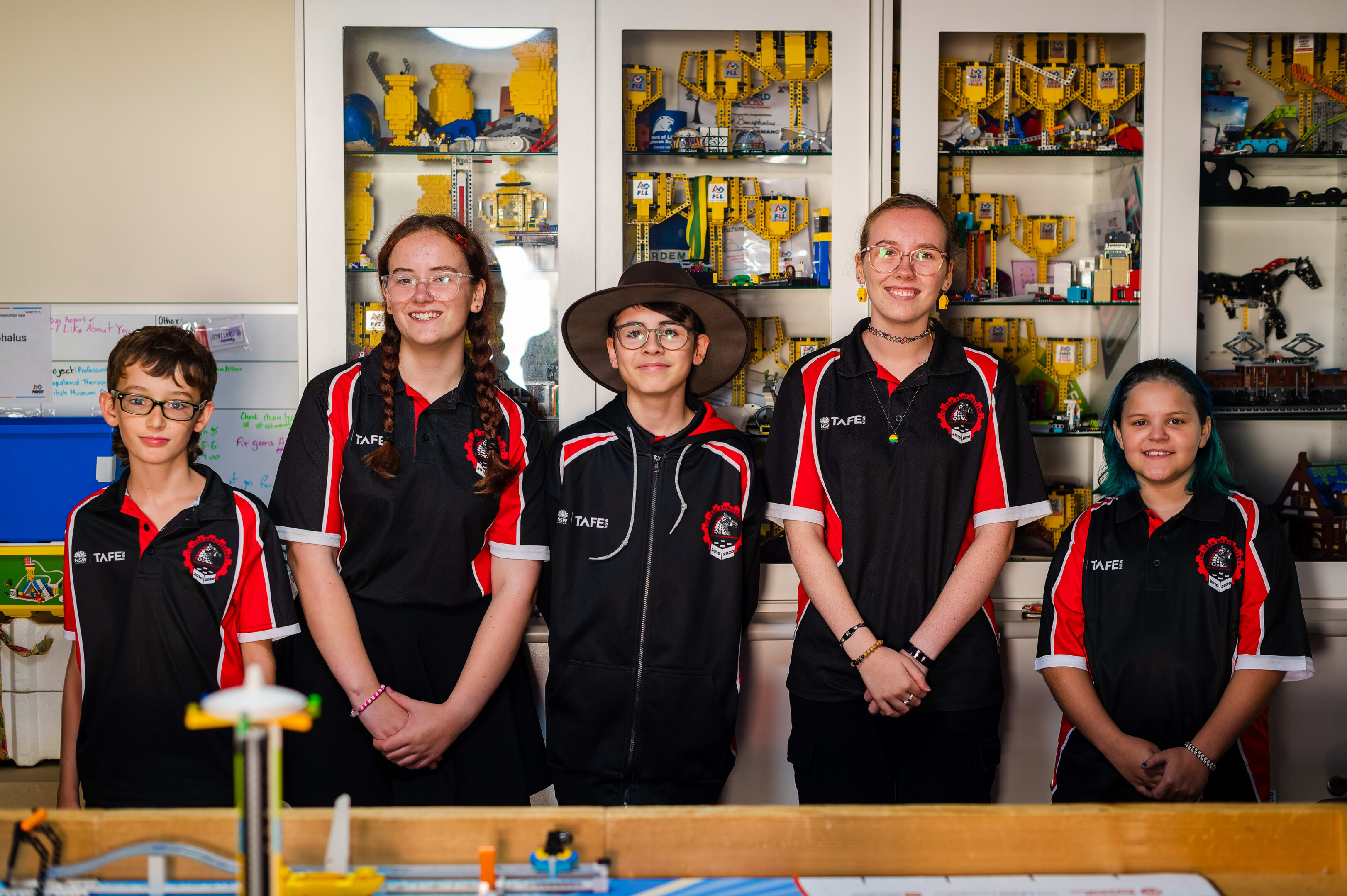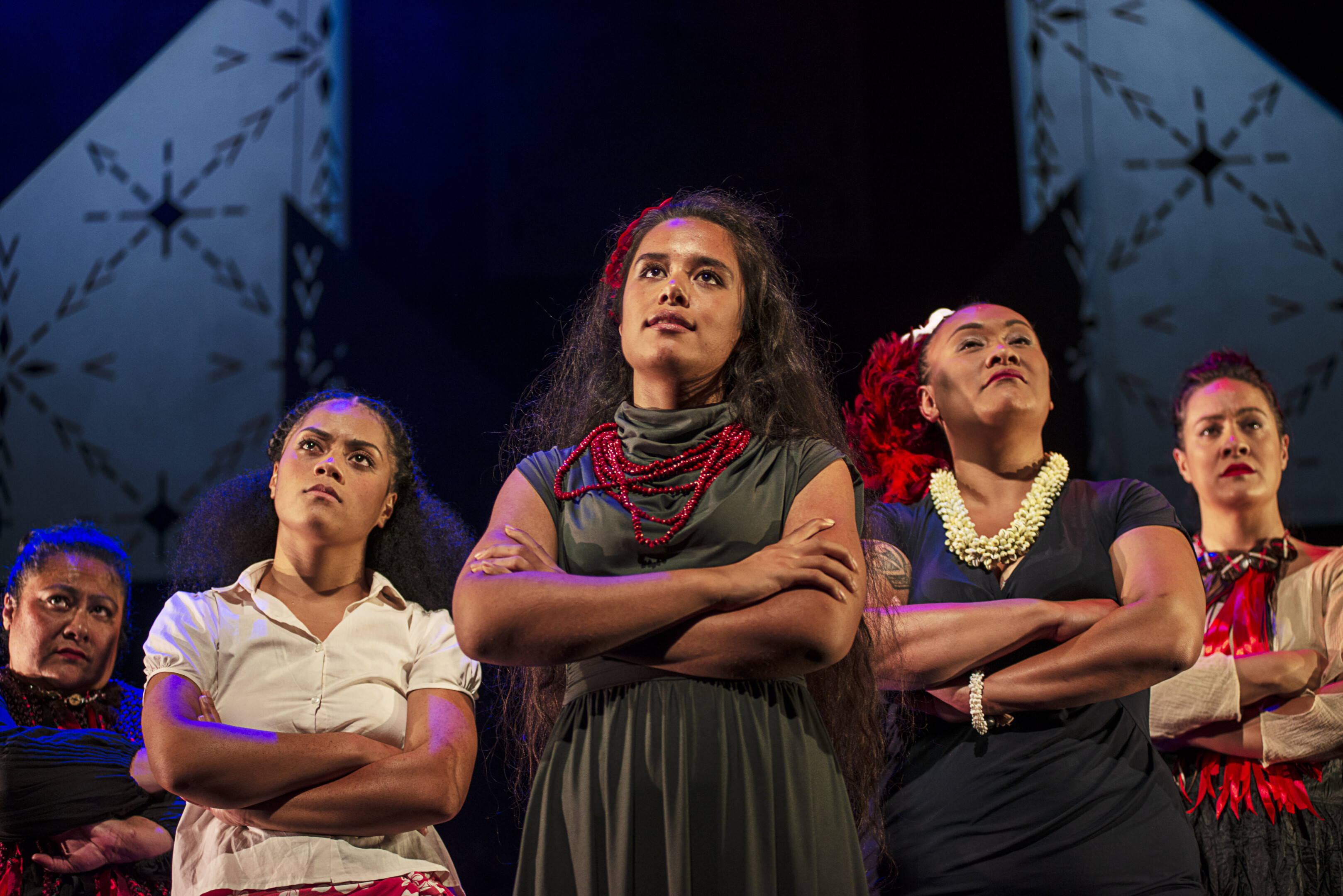27th April, 2024
In this blog post, I’ll be building on ideas presented in last week’s post, so check that out first.
I’m working on developing a persona within the niche of digital photography on Instagram, and I’ve started to focus more closely on street photography as a sub-niche. You can follow my DA here.
Epiphany One – You get what you give
Users are more likely to interact valuably if I share anecdotal or personal stories/thoughts. The role of authenticity and vulnerability within any artistic medium is undeniable, in photography, it serves to create empathy and meaning, which ultimately gives your work value.
While instagram is primarily a photo-sharing platform, the use of text on the app facilitates opportunities for added context, and thereby, value.
“You should use the caption to give the viewer an insight into the special moment you captured.”
DB & MH, How to write killer a instagram caption to show off your photography work, 2021.
‘Theory of mind’ suggests that we have the ability to read the thoughts and feelings of other people through social cues. Cues such as facial expressions, body language or use of language create a sense of empathy which, when represented through artistic mediums, fosters the intimacy that makes art so captivating.
Ulimately, “empathy is one of the main reasons we are all interested in street photography” (Eric Kim, 2014) it enables viewers to see themselves within some part of your work. Capturing, replicating, curating and disseminating empathetically valuable content encourages viewers to reciprocate the authenticity that you show them. Essentially, you’re more likely to receive meaningful and personal feedback if you produce meaningful and personal content.
Epiphany Two – Users see the photo, not the photography
My followers are mostly unaware of my creative process because they only witness the finished photo. It’s difficult to build a persona as a photographer when you’re the one behind the camera, so I have to find other ways to create authenticity and personality.
“The medium of photography tends to become invisible, while photographs posted on Instagram or other platforms are treated as pure and transparent data, from which conclusions about their makers and their audience are being made.”
Alise Tifentale & Lev Manovich, Competitive Photography and the Presentation of the Self, 2018
Anniina Suominen argues that it is entirely possible to meaningfully represent the identity of a photographer, without the capturing of their physical body.
“For the past three years, I have photographed my life for the purpose of investigating changes in my cultural identity and self-perception. My body, or physicality has been almost totally absent from 71 these photographs. I have found spaces and objects surrounding me informative for investigating the construction of the self, and I feel that critical analysis of these photographs has deepened my understanding of the complexity of identity construction, my current living environment, and culture”
Anniina Suominen, Writing with photographs, re-constructing self: An arts -based autoethnographic inquiry, 2003.
Given this idea, we can understand that a photographer’s work encapsulates their persona through personal style, vision and vernacular. The shooting and editing choices made by photographers reflects their preferences, habits, subject choices and overall worldview. Your photos are an extension of you and your life.
On the other hand, the media effects model would suggest that there is a significant limit to the power that photographers have to infuse meaning in their art and convey it in the intended way to viewers.
“The influence of the image’s creator ceases to be decisive of whether a depiction is faithful to the original or not. Indeed, great fascination was aroused by the fact that the photographer does not even seem to have final and absolute control over the image – rather, the things seem to imprint themselves on the photographs”
Thomas Susanka, The Rhetorics of Authenticity, 2012
Epiphany Three – A picture paints a thousand words, but there’s no accounting for taste
The vernacular around photography is extremely limited and subject to a gate-keeping effect. People don’t know how to talk about how an image makes them feel, or specify why they like or dislike it. Especially for those who might not know technical photography jargon, liking or disliking an image is often a silent experience.
“Writing about art can daunting. After all, aren’t we creating work to communicate in a visual way? Finding the right words to describe art work is like looking for the wind sometimes. Ever changing and invisible.”
Bethany McCamish, Finding Words to Describe Your Photography: How to Guide, 2018.
Again, a great way around this effect is through the use of captions. You can exemplify describing an image free from photography jargon, and thereby encourage others to do the same.
“Digital production on Instagram begins mainly with an image, but this platform is far from being merely a digital gallery of pictures; its composition involves besides, words and other iconic texts, such as emojis. These semiotic components expand, round out or convey the meaning of the image; hence, digital writing in this social media is based on multimodality”
Andrea Valdivia, Digital production on Instagram: Vernacular literacies and challenges to schools, 2021
How I’ll apply this to my DA
Building a persona as a photographer involves reflecting your personality through several methods, including but not limited to a personal editing/shooting style, the use of captions, and possible self-portraits. I’ve created a mind map below which problematises a photography persona and how I can use my DA to create one.







